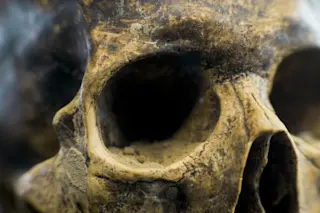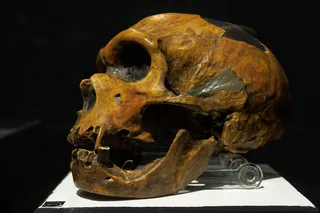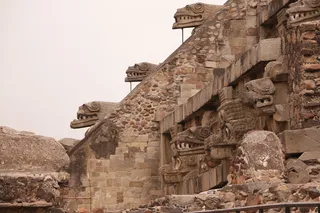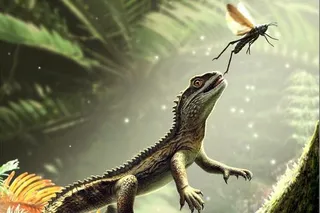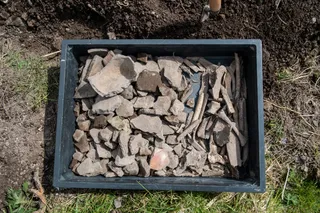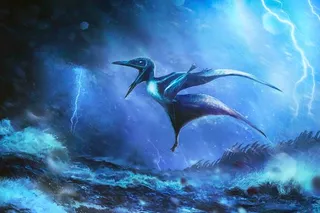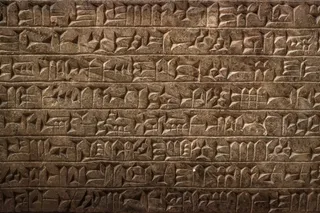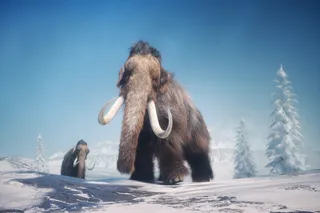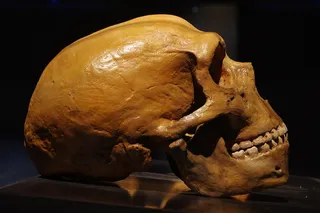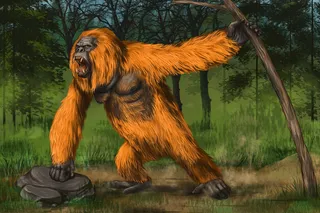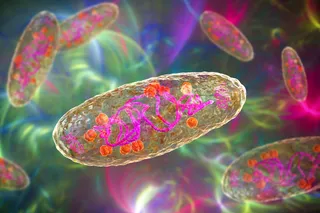Since their discovery in 2010, Denisovans have captured the attention of scientists and the general public. One of the biggest questions about this ancient group has been what they looked like, and now we have an answer.
A recently published study in Science has identified an almost-complete hominin skull as belonging to a member of the Denisovan lineage. Researchers recovered the skull, known as the “Dragon Man,” in Harbin, China, and it dates to around 146,000 years old.
By using cutting-edge and experimental ancient DNA techniques, researchers have been able to conclusively confirm that the Harbin fossil shares genetic and morphological traits with other Denisovan specimens, placing it firmly within the Denisovan lineage and providing crucial insights into the evolution of ancient humans.
Identifying Denisovan DNA
The team working on this project developed two specific methods to help them piece together the story of the Harbin skull.
Firstly, they created an automatic identification method for human populations based on ancient proteins. More specifically, ancient human proteomes were the focus of the study. Rather than a single protein, a proteome is the entire set of proteins present in an organism that can change depending on the type of cells, age, and a person’s environment.
The second method was an optimized extraction of ancient human DNA from the dental calculus present in the skull. Dental calculus is calcified dental plaque, the levels and location of which are population-specific. The team was able to successfully extract mitochondrial DNA from the dental calculus present in the Harbin fossil.
Read More: Who Were the Denisovans?
What Did Ancient DNA Reveal About The Dragon Man?
Using both the proteomes and ancient DNA extracted from the skull, scientists conducted a host of analyses and experiments. The palaeoproteomes present in the Harbin fossil showed the presence of 122 amino acids that are unique to Hominidae. This finding confirmed that the Harbin skull belonged to the genus Homo.
There were also three unique variants of amino acids present on the cranium — amino acids that were also found on Denisova 3, a finger bone recovered from Denisova Cave in 2008. This protein match established a strong evolutionary link between the Dragon Man and Denisova 3.
When it comes to ancient DNA, which is notoriously difficult to extract, the research team was able to build a library full of mitochondrial DNA from the Harbin skull. The data confirmed what the protein analyses already revealed: that the Harbin individual clearly belongs to an early Denisovan lineage.
Expanding Ancient Human History
The confirmation that the Harbin skull does belong to a Denisovan has expanded our understanding of ancient human history and evolution. The find suggests that Denisovans occupied a wide area of Earth during the late Middle Pleistocene, spanning from Siberia to Northeast China.
The innovative techniques used to make the connection between the Dragon Man and the Denisovans also have implications for the science community. Denisovan-specific genetic mutations were discovered using the Harbin skull, which will allow for further research into Denisovan DNA and into the genetic material of other Middle Pleistocene hominins.
Researchers are hopeful that the results of this study will continue to fuel intrigue into the mysterious Denisovans and provide new methods for identifying more members of the Denisovan lineage in East Asia.
Article Sources
Our writers at Discovermagazine.com use peer-reviewed studies and high-quality sources for our articles, and our editors review for scientific accuracy and editorial standards. Review the sources used below for this article:



